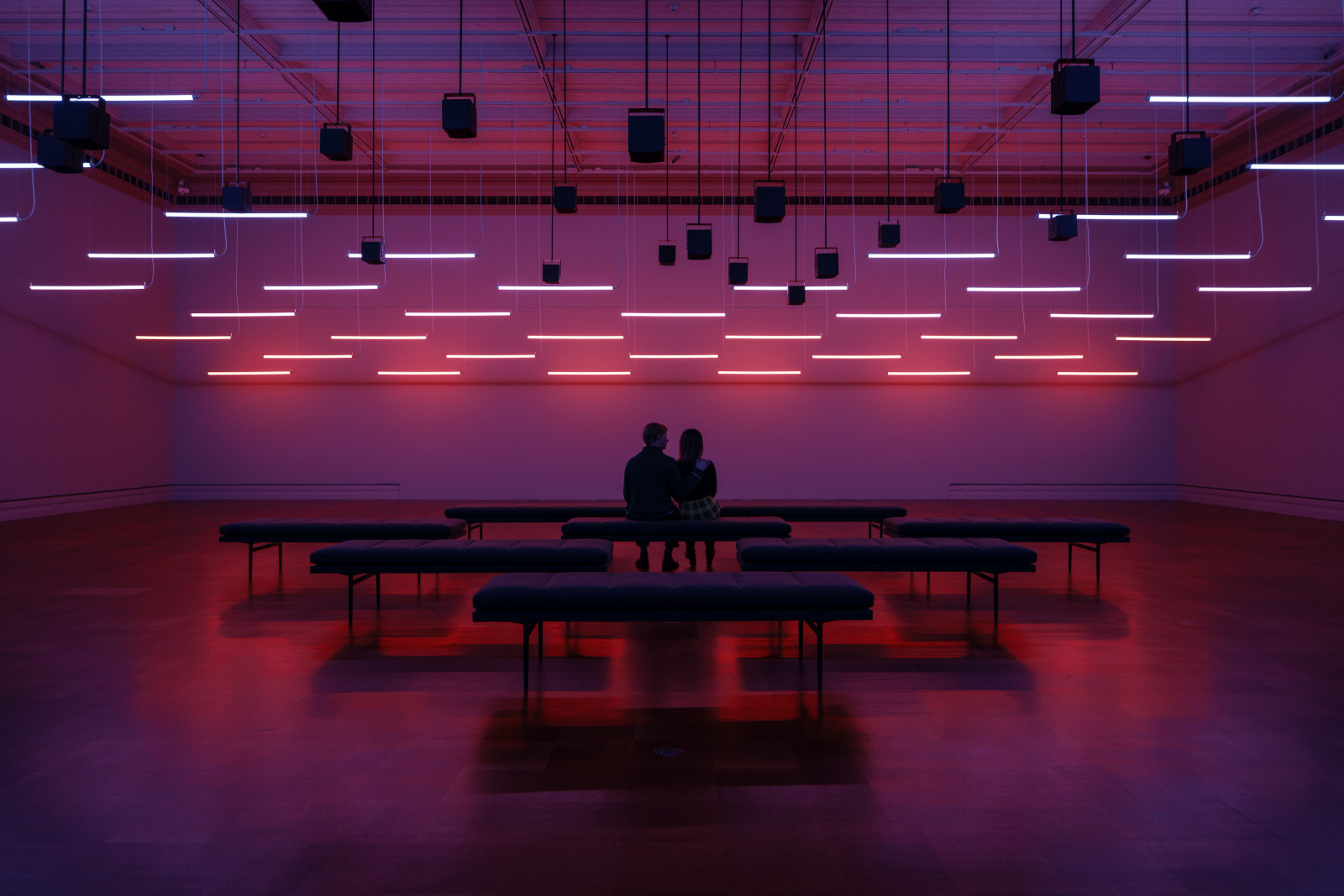Pointed Bottle
Pointed Bottle
Place of OriginIsrael, reportedly from Jaffa
Date1st century CE
DimensionsH: 13 5/8 in. (34.6 cm); Diam: 4 in. (10.2 cm)
MediumGlass; free blown, added coil neck ring.
ClassificationGlass
Credit LinePurchased with funds from the Libbey Endowment, Gift of Edward Drummond Libbey
Object number
1967.4
On View
Toledo Museum of Art (2445 Monroe Street), Gallery, 02, Classic
DescriptionThis is a tall, spindle-shaped (fusiform) bottle made of translucent to transparent amber-colored glass. The vessel has a flaring rim that is folded outward, upward, inward, and downward. It features a tall, cylindrical neck and a sloping shoulder that transitions into an elongated, inverted conical body. The body tapers to a long, hollow, pointed end with a flattened base. A single coil of translucent grayish-green glass is applied halfway down the neck. The vessel was created using a free-blown technique with an added coil. The exterior surface is covered in a layer of golden and silvery iridescence that shades into green, orange, and purple. The surface is marked by severe pitting from weathering.
Label TextThis striking bottle, with its shimmering, iridescent surface, once held precious perfumed oil or wine. Its long, tapering shape is known as "fusiform," and its pointed base meant it could not stand on its own. Instead, it would have been held in a special stand or perhaps pushed into the soft ground of a tomb as a funerary offering. Reportedly found in Jaffa, on the coast of modern Israel, this vessel was crafted using the relatively new technique of free-blowing glass. The beautiful rainbow-like surface is not original; it is the result of chemical reactions that occurred over nearly two thousand years of burial, a beautiful accident of time.Published ReferencesSangiorgi, Giorgio, Collezione de vetri antichi dalle orinigi al V secolo D.C. ordinati e descritti da Giorgio Sangiorgi con prefazione di W. Froehner, Rome, 1914, no. 54, pl. viii.Late 1st century BCE to early 1st century CE
Early 1st century CE
First half of the 1st century CE
Probably 19th or early 20th century
Probably mid- to second half of 1st century
Probably 5th century
Early 1st century CE

Membership
Become a TMA member today
Support TMA
Help support the TMA mission











